
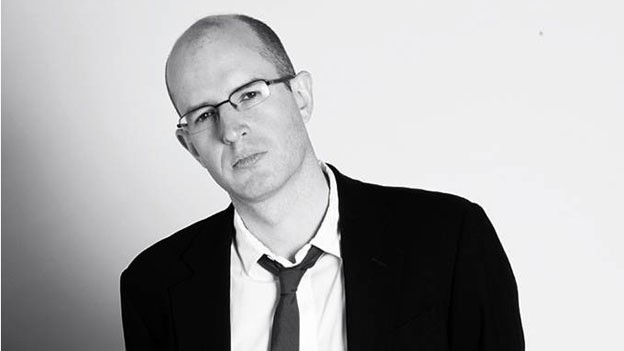
Well, I don't think anyone saw that coming, but Emma Raducanu won the US Open and is now among the most successful British tennis players of all time, having barely got started. If the 18-year-old's breathtaking triumph at Flushing Meadows has inspired you to dig out your old tennis racket, we have some top fitness and strategy tips from the ambassadors of Slinger Bag.
These include tactical insights from 18-time Grand Slam Winner Mike Bryan, former Grand Slam finalist Eugenie Bouchard, Former World Number two and US Open quarter finalist Tommy Haas and Patrick Mouratoglou – Serena Williams' coach and founder of the Mouratoglou Academy. But first up, we have fitness tips to get you court-ready from veteran pro Dustin Brown.
Wait, what is Slinger Bag?
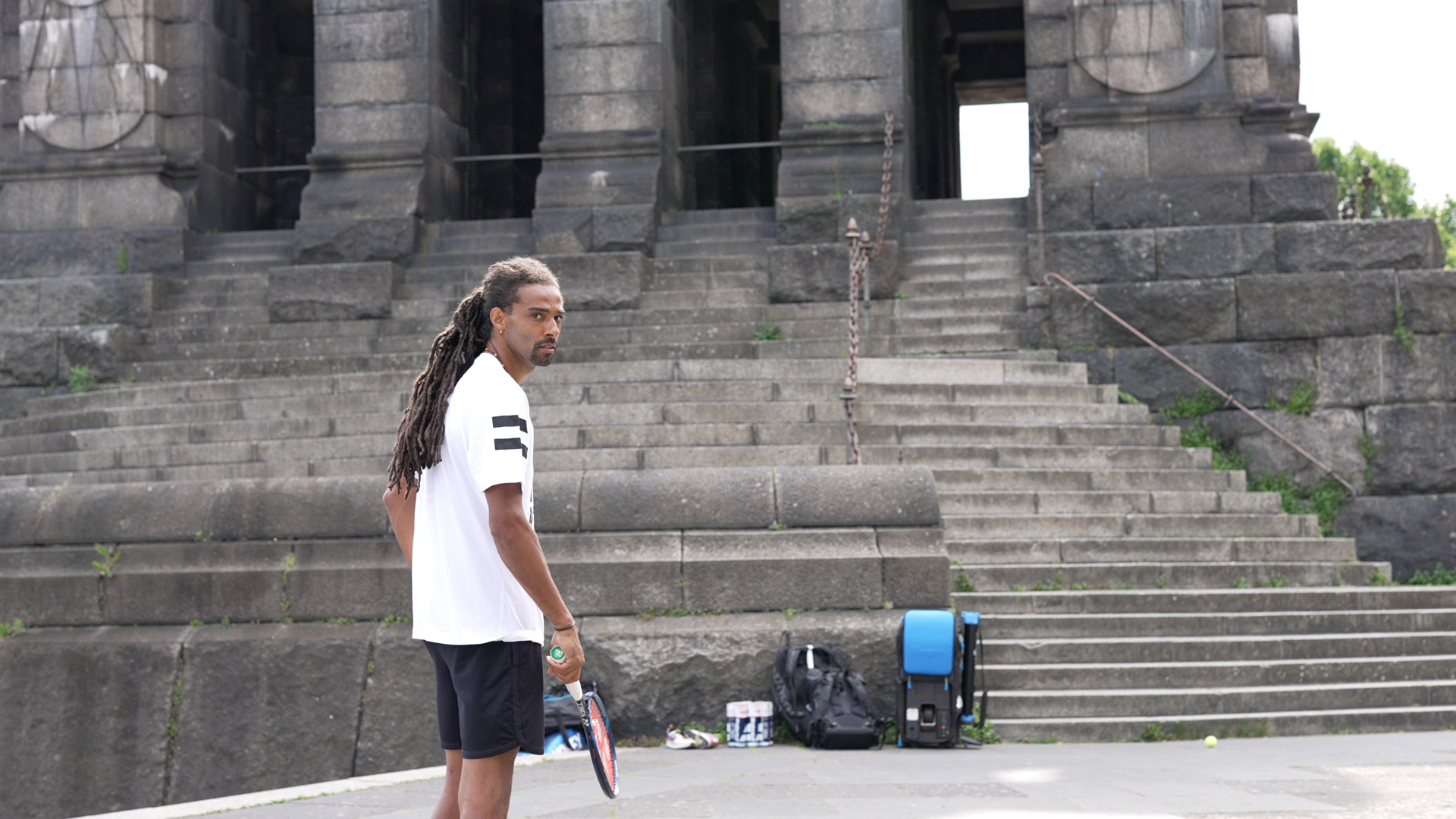
Designed to let you practice anywhere, Slinger Bag from Framework Sports is a 'bag' that is actually a tennis ball launcher. Set it up on court and it'll fire balls at you all day long. Put it on its oscillating base and it'll have you running all around the court all day long, or until you surrender. It's great for training anywhere, and has won praise from top coaches including Nick Bolletieri.
Slinger Bag costs from $599 to $900 in the USA – various bundles are available – and a straight £845 in the UK. In Australia it's AU$1,250 at the moment.
Tennis fitness tips from Dustin Brown
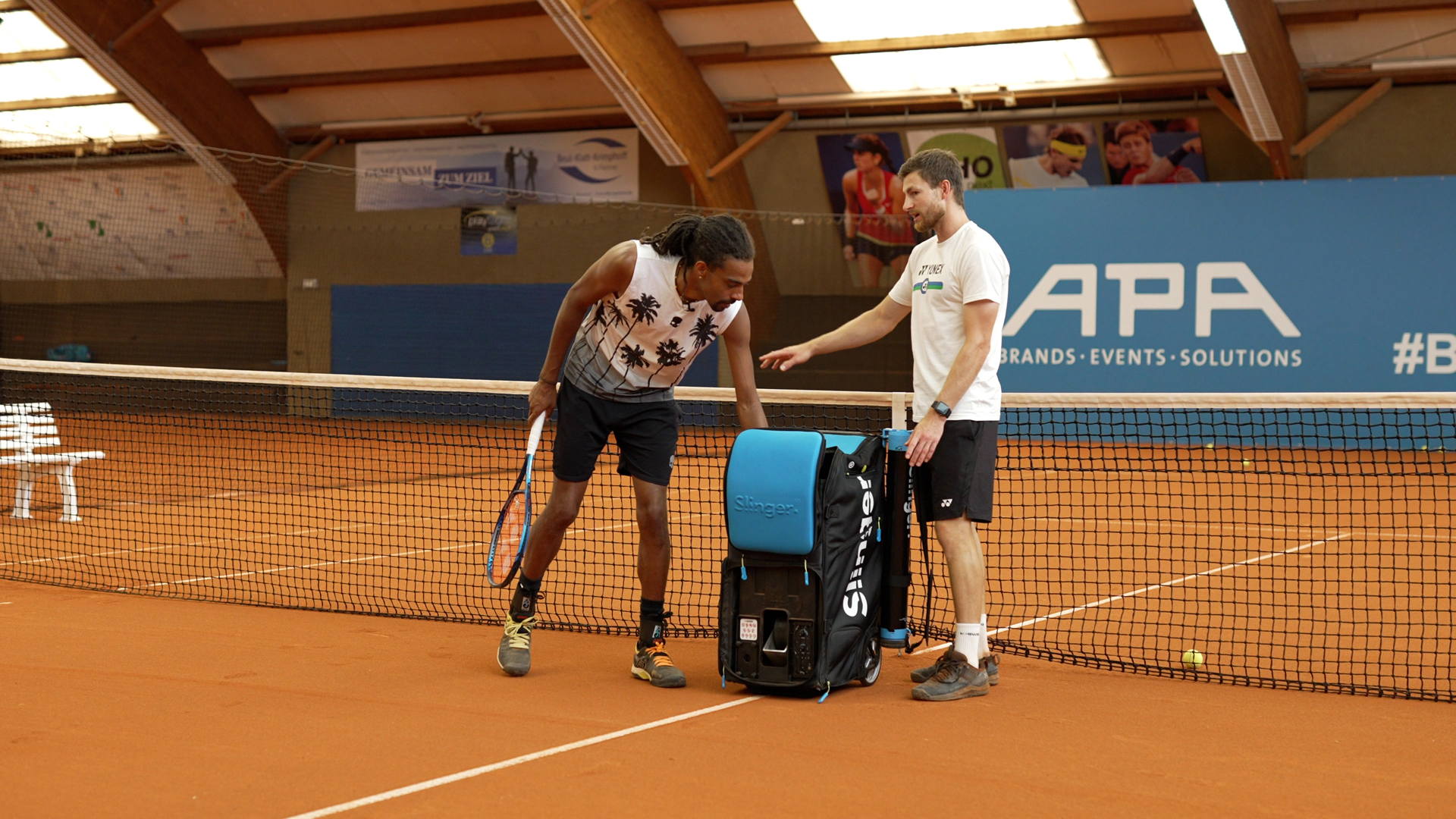
Warm up
As a long time player of the tour, I have noticed the importance of properly warming up pre practice or match. My usual routine is that I like to cycle on a stationary bike to get my heart rate up for around 10 mins keeping the HR in a steady range. After this, I spend a lot of time on a yoga mat with my new best friend which is a ‘Black Roll’. This helps my target my lower back and legs and get the blood flowing.
Resistance band
Once on court, before hitting any balls I grab a resistance band from Theraband and use exercises to help strengthen the back of my shoulders and hips.
At the gym
After an on-court session, I head to the gym. Tennis players in general do not lift heavy weights, as you need to be quick and nimble. Instead, the key areas for tennis players are the core stomach muscles and back, legs and back of the shoulder exercises. We have a lot of inside rotation whilst playing, so we need to counteract this as much as possible with gym exercises.
Sign up to the T3 newsletter for smarter living straight to your inbox
Get all the latest news, reviews, deals and buying guides on gorgeous tech, home and active products from the T3 experts
Cardio
To increase my stamina, I do not go for long runs as it is very different to playing tennis. I do a high repetition of sprints for a long period, and this is called interval training.The sprint distances vary from 5-400 meters, but the main thing is that I give myself 25 seconds to recover and go again to match the same environment in a tennis match.
Slinger Bag
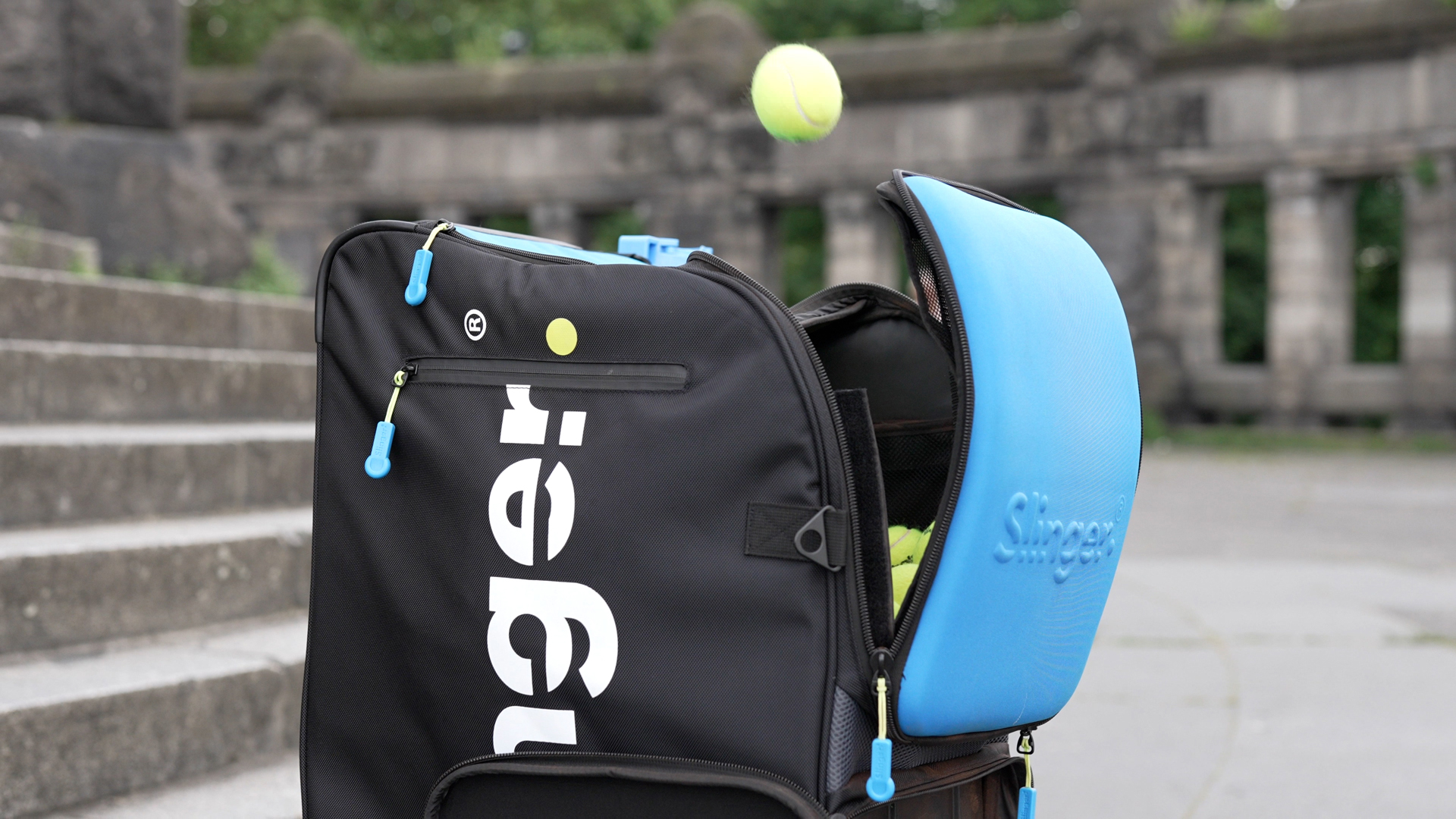
My training sessions vary depending on what part fo the season I am in, and when my next tournament is and what surface. I need to be very wary when I change surfaces as then I will spend more time doing movement exercises. If I am working on part of my game and have no tournament coming up, this is where I use the Slinger Bag to help with my rhythm, especially using it on my side of the t-line as a hand fed exercise. I am looking for loads of repetition to get my timing in order.
Tennis playing tips
Watch your opponent: Patrick Mouratoglou
While I agree with the old tennis saying that you need to concentrate on what's happening on your side of the court, I also encourage you to keep an eye on your opponent. Do they like to play from deep or from inside the baseline? During the warm-up, test which balls seem to bother your opponent the most; high balls, low balls, flat balls, slices or with heavy spin?
Also look at how they are holding their racket. This can tell you a lot about what shots may be of higher difficulty for them. Extreme forehand grips such as full western may give you a hint that low balls will trouble them, for example. This will be hard initially but take the time to research the different grips online. Small details like this can add up to make all the difference.
Take on your opponent's strengths: Eugenie Bouchard
The common theory is that you should play on your opponent's weaknesses. This is logical enough, but there is a strong case to do the opposite! We all have our favourite shots, but think about how it feels when your best shot isn't working. The best way to get into your opponent's head is to take away their strength, so they feel like they have no options. Try to attack your opponent's strengths by hitting big, making them play on the run and changing the pace. It's a brave tactic but it can work if done properly.
Leverage the coin toss: Tommy Haas
Choosing what you do if you win the toss is a very personal choice and it can vary from match to match. The advantage of serving first is that if you get broken and your opponent then holds their serve, you're only 2-0 down. Whereas if you receive first and your opponent holds and breaks you, they can consolidate that into a 3-0 lead. Some players choose to return first so they can get warmed up and get used to the court, but in general you should serve first if you are aggressive with your serve.
Play to the score: Mike Bryan
Tennis is a zero-sum game and there is no draw, but surprisingly a lot of players don't consider the score when making a game plan. The top players do, however, and will react to the ebb and flow of the game. At any given point you can be up, down or even and you should come up with tactics that make sense for you in all three scenarios.
Duncan is the former lifestyle editor of T3 and has been writing about tech for almost 15 years. He has covered everything from smartphones to headphones, TV to AC and air fryers to the movies of James Bond and obscure anime. His current brief is everything to do with the home and kitchen, which is good because he is an excellent cook, if he says so himself. He also covers cycling and ebikes – like over-using italics, this is another passion of his. In his long and varied lifestyle-tech career he is one of the few people to have been a fitness editor despite being unfit and a cars editor for not one but two websites, despite being unable to drive. He also has about 400 vacuum cleaners, and is possibly the UK's leading expert on cordless vacuum cleaners, despite being decidedly messy. A cricket fan for over 30 years, he also recently become T3's cricket editor, writing about how to stream obscure T20 tournaments, and turning out some typically no-nonsense opinions on the world's top teams and players.
Before T3, Duncan was a music and film reviewer, worked for a magazine about gambling that employed a surprisingly large number of convicted criminals, and then a magazine called Bizarre that was essentially like a cross between Reddit and DeviantArt, before the invention of the internet. There was also a lengthy period where he essentially wrote all of T3 magazine every month for about 3 years.
A broadcaster, raconteur and public speaker, Duncan used to be on telly loads, but an unfortunate incident put a stop to that, so he now largely contents himself with telling people, "I used to be on the TV, you know."
-
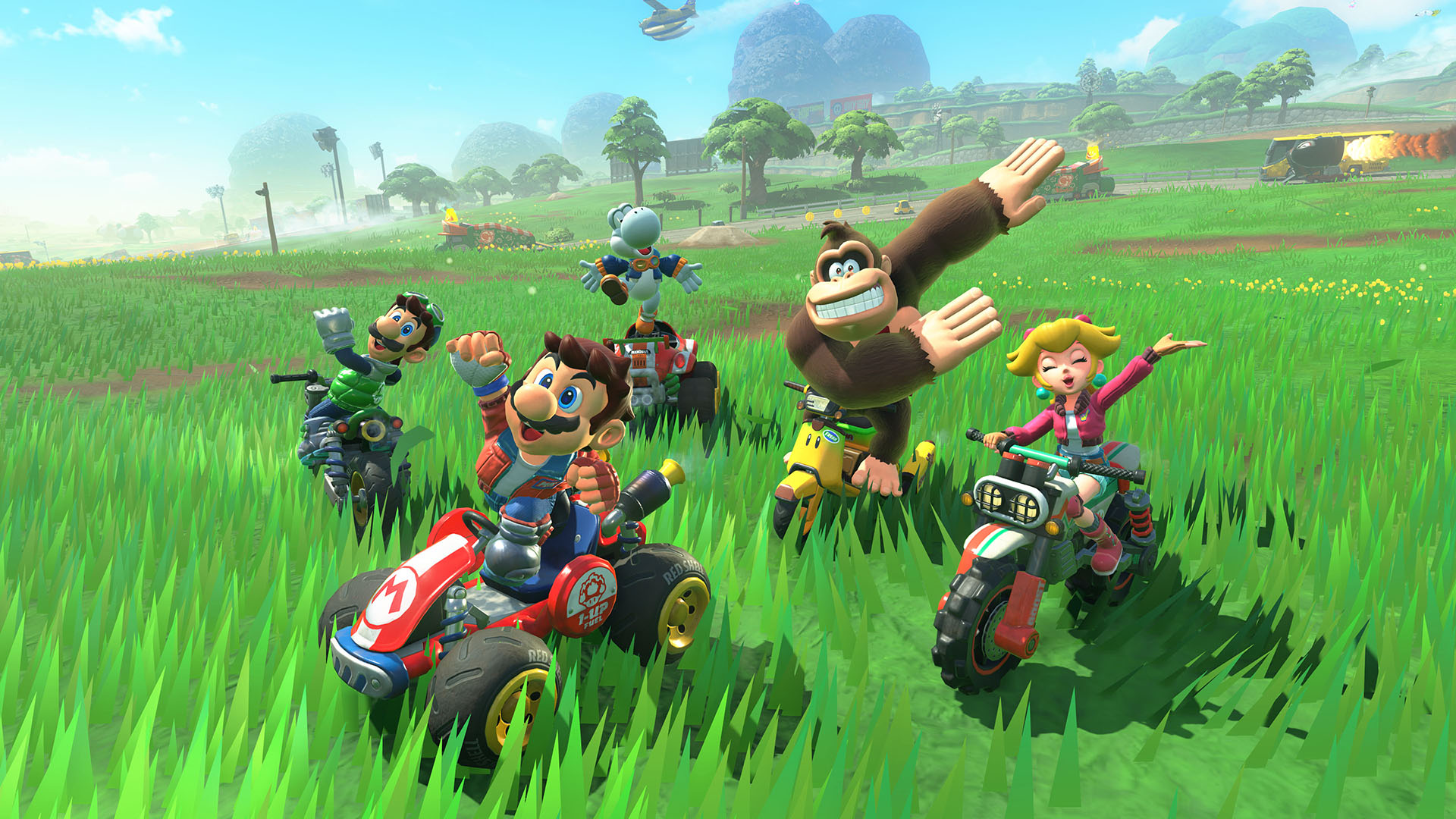 How to watch Mario Kart World Direct – everything you need to know about the Switch 2 launch game
How to watch Mario Kart World Direct – everything you need to know about the Switch 2 launch gameNintendo will host a new Nintendo Direct presentation this week, here's how to watch it live and what to expect
By Rik Henderson
-
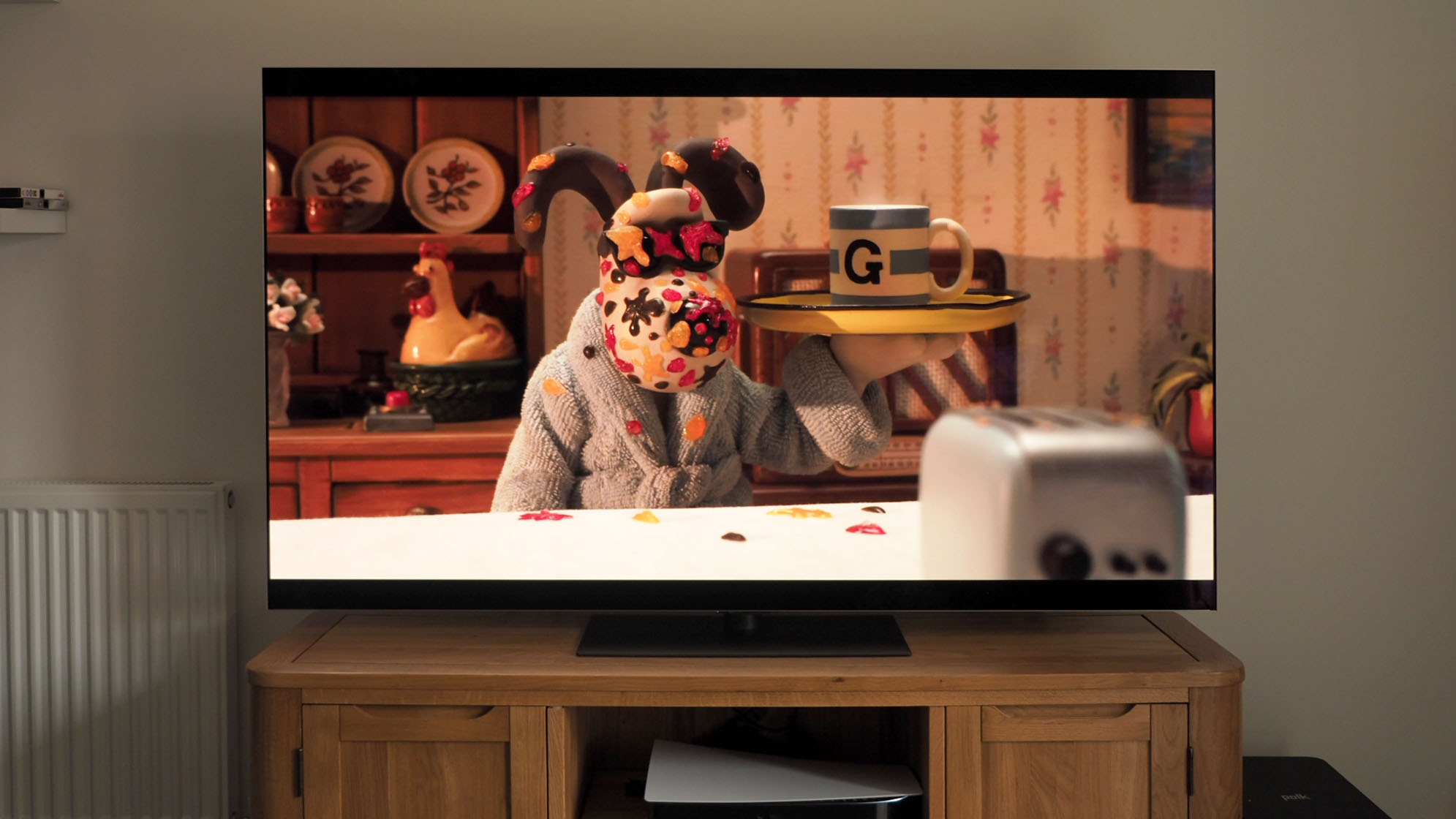 LG OLED G5 review: TV of the year?
LG OLED G5 review: TV of the year?LG's brightest-ever OLED TV is an instant winner – with some AI oddities
By Mike Lowe